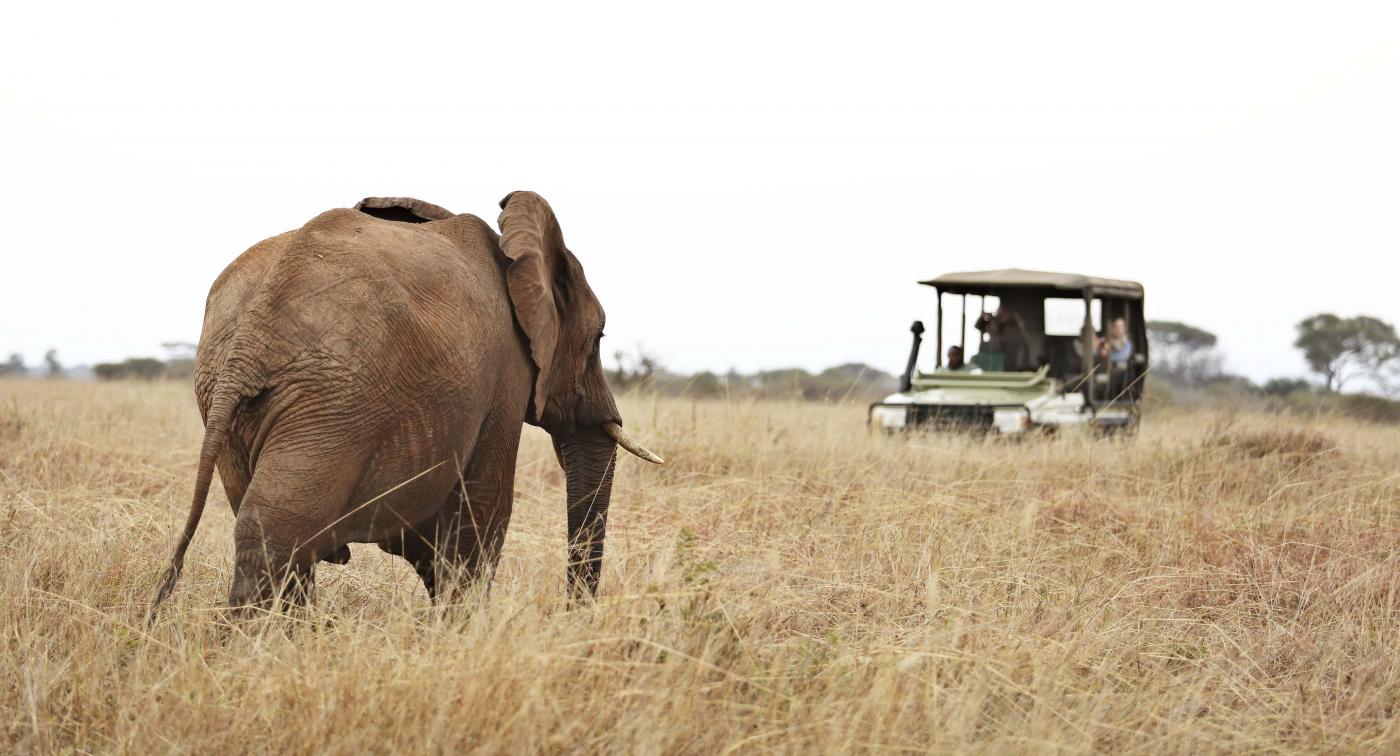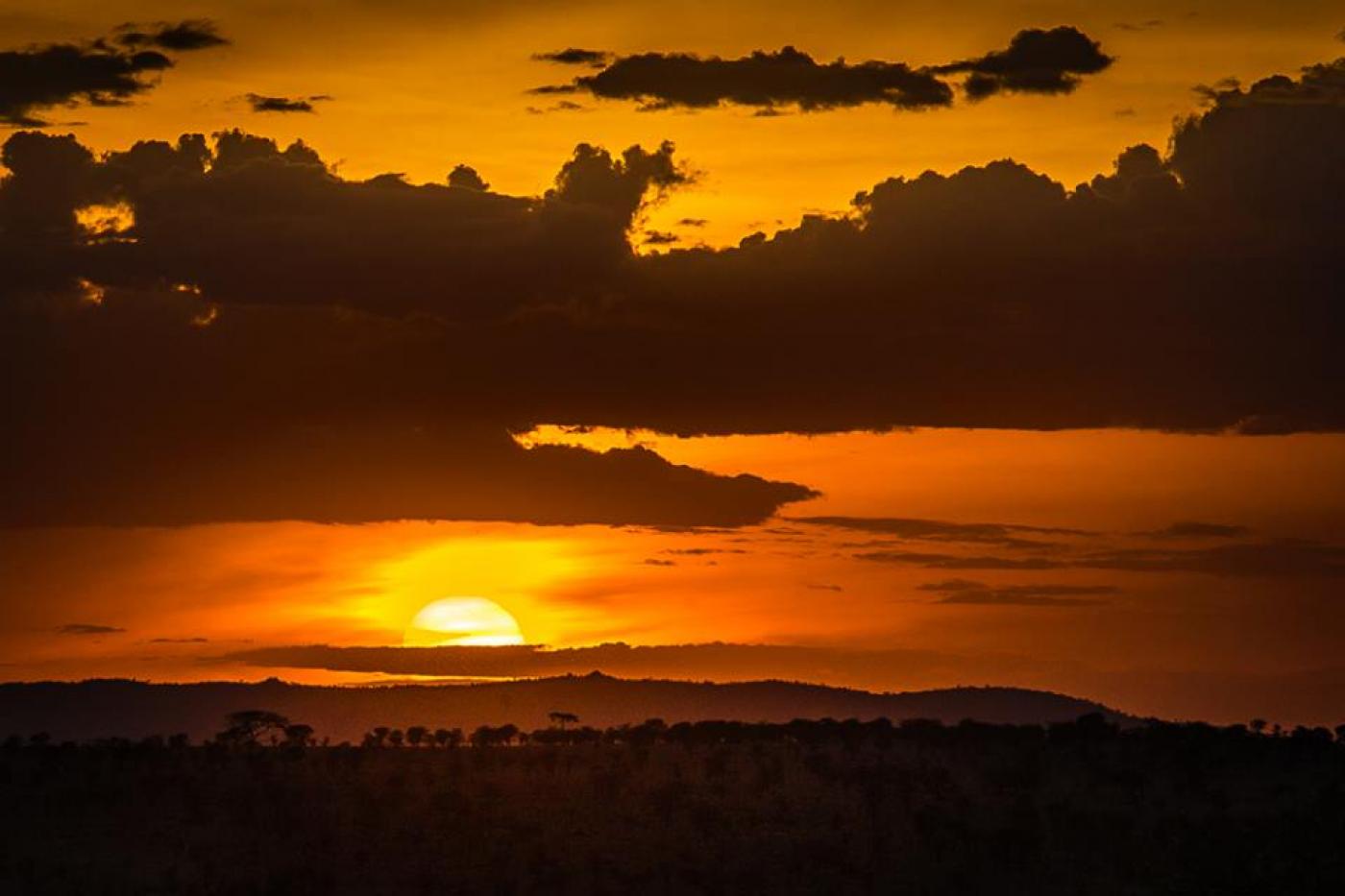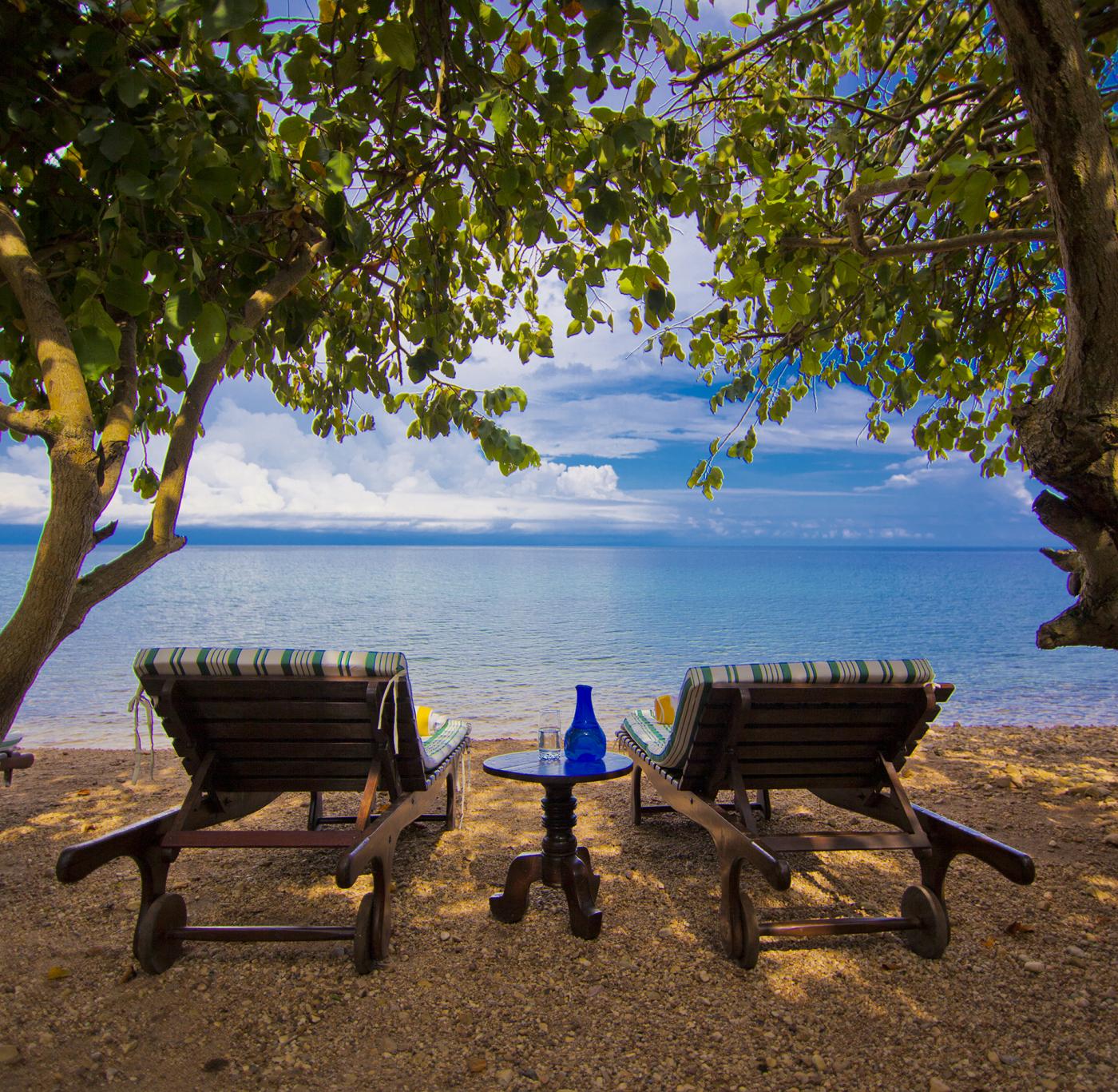Tanzania is world-renowned for many things, but most especially for its plethora of safari parks that offer superlatives in many aspects. To name some of the most famous parks are UNESCO World Heritage Sites Ngorongoro Conservation Area, Kilimanjaro National Park, Selous Game Reserve, and of course the iconic Serengeti National Park whose name resonates globally. But, did you know that behind that list are not-so-popular yet travel worthy parks?
Check out these Tanzania parks you may not know so much about:
Tarangire National Park, Northern Tanzania
Despite being in the popular northern safari circuit and only about 2 hours drive from Arusha, Tarangire National Park is often skipped by many travelers because the route going there is off the track towards other safari parks. Hence, a more unspoiled landscape, almost untouched by mass tourism.
Tarangire National Park doesn’t only provide an authentic safari vibe. It features a stunning forested landscape with scattering baobob and acacia trees and a world-class avifauna that twitchers and non-twitchers would definitely adore. When it comes to wildlife, Tarangire holds four of the Big Five (all but the rhinos) and it is home to Tanzania’s largest population of elephants. The park also offers night safari drives, walking safaris as well as fly camping trips.
A photographer’s paradise, Tarangire’s red elephants and elephant mud baths are not only a common sighting but also one of the most photographed moments by many tourists.
When to go: Between June to October when it is dry season and animals congregate around Tarangire river.
Saadani National Park, Southern Tanzania
Saadani National Park is a gorgeous park that features wildlife inhabiting grasslands, mangrove swamps and a palm-fringe lined beach. Yes, a beach! Saadani National Park is the only wildlife park that offers a beachfront along the Indian Ocean.
It is geographically the closest wildlife sanctuary to Dar es Salaam and Zanzibar, in fact sitting almost directly across Zanzibar’s Stone Town. Aside from the lions, giraffes, hippos, elephants and other large mammals you can find in the park, sightings of dolphins and whales are also common as they gracefully swim along the Zanzibar channel.
Also, you can do game drives, guided walking tours or embark on a boat trip on the mangrove-lined Wami River when in Saadani.
When to go: January and February, and June to August when there is still plenty of water on the plains and wildlife stays within the park.
Mahale Mountains National Park, Western Tanzania
Often overshadowed by other Tanzanian safari parks, the western region of Tanzania is often left unvisited. But for those who are keen on seeing gorgeous vistas and on meeting cheeky primates, Mahale Mountains National Park is a strong option. The park features rainforest, grasslands, alpine bamboo, woodland, azure blue waters and an exotic wildlife, primarily made up of various monkey and ape families. It is most famous for being home to about 800 wild chimpanzees, series of great off-the-beaten-path experiences and its surreal sunset views over the gorgeous Lake Tanganyika.
Luxurious accommodations can also be found in this park. Perfect way to cap a day filled with rewarding primate safari experiences.
When to go: Between June to September when it is dry season, easier to trek the jungle and chimps tend to stick to the lower slopes.
Gombe Stream National Park, Western Tanzania
Gombe Stream National Park is Tanzania’s smallest national park. However small, the park doesn’t fall short on great adventures such as meeting some of Africa’s last remaining wild chimpanzees. The park boasts of a small area that features gorgeous landscapes including steep slopes and river valleys that border the sandy northern shore of Lake Tanganyika.
Aside from the 900 habituated chimpanzees that you can observe in their natural habitat, common animal sightings include bushbuck, bush pig, vervet monkey, olive baboon, blue monkey, red colobus monkey, white-tailed monkey and leopard. And, if you want a more relaxing trip, you can take walks along the lakeshore. At dusk, you will be rewarded with magical sight made of a blanket of twinkling stars mirrored by the lanterns in a plethora of small wooden boats on the lake.
When to go: Between June to September when it is dry season, easier to trek the jungle and chimps tend to stick to the lower slopes.
Katavi National Park, Western Tanzania
One of the few remaining virgin wilderness areas in the world, Katavi National Park is another must-visit park in Tanzania’s western circuit. The park is renowned for its huge herds of buffalo as well as impressive hippo population. It offers big game, camping and walking tours, all make any visit particularly exciting.
 Spanning 4471 square kilometers of grasslands, wetlands and wildlife-ridden, undulated wooded terrain, Katavi is officially Tanzania’s third largest park. Wildlife in this park is splendid enough, with animal sightings that include giraffes, zebras, elephants and lions.
Spanning 4471 square kilometers of grasslands, wetlands and wildlife-ridden, undulated wooded terrain, Katavi is officially Tanzania’s third largest park. Wildlife in this park is splendid enough, with animal sightings that include giraffes, zebras, elephants and lions.
Being in a remote location, it is not surprising that Katavi National Park is not exactly cheap to get into. Flights going there can be expensive and scanty, too. But, the exclusive safari adventure you can experience is in this park is definitely something you really don’t want to miss out on.
When to go: May to October when it is dry season as animals congregate around the remaining water sources.
The list of Tanzania destinations is endless, whether it’s a bush holiday, beach escape, or both. Tanzania is in no doubt a country of superlatives — not only with its famous parks but also its travel-worthy secret gems. So if you want to explore Tanzania off the usual tourist route, you can easily add these parks to your itinerary!

 1-321-766-6821
1-321-766-6821 








